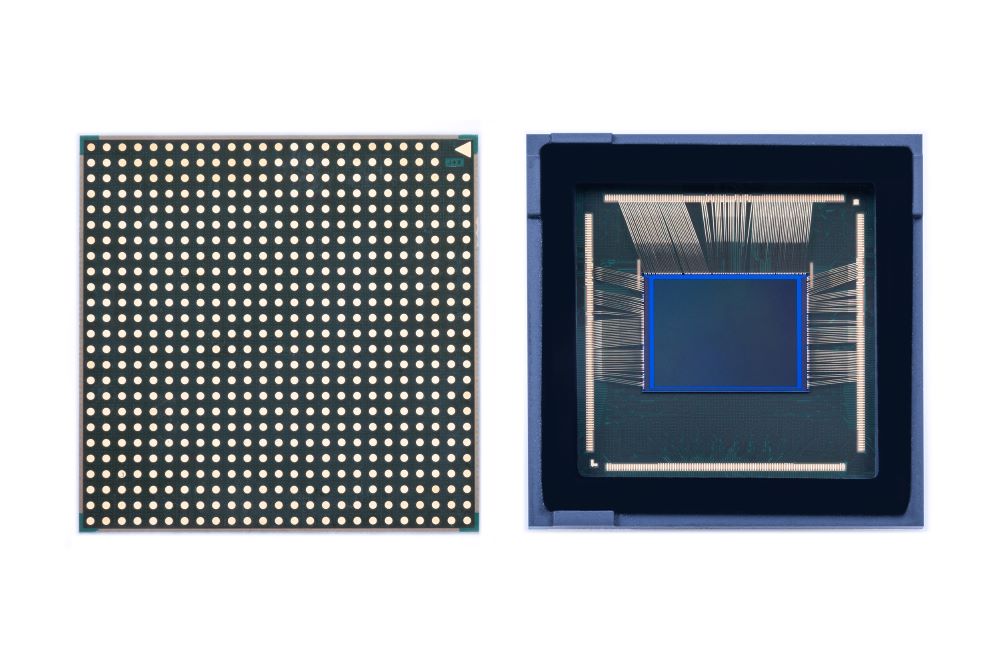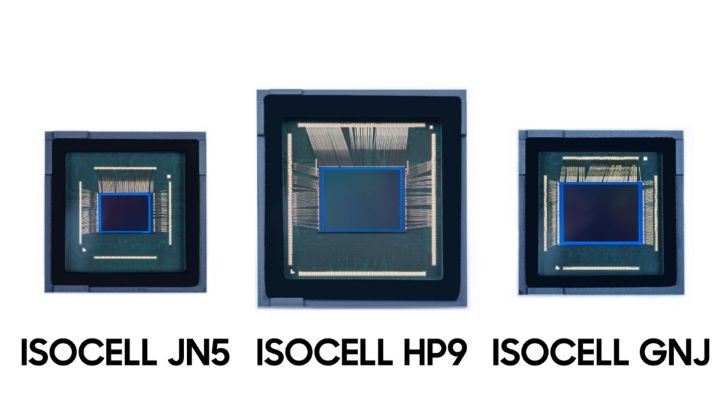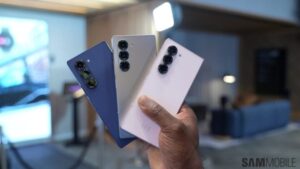The new range includes industry-leading 200MP and 50MP sensors, bridging the gap between the primary and secondary cameras for improved imaging from all angles
Samsung Electronics, a global leader in advanced semiconductor technology, today announced three new mobile image sensors designed for both primary and secondary cameras in smartphones: ISOCELL HP9, ISOCELL GNJ and ISOCELL JN5.
As consumer expectations for smartphone camera quality and performance continue to rise, Samsung’s latest image sensors deliver stunning results from every angle, setting a new standard for mobile photography.
“Improving image sensor performance and bridging the gap between the primary and secondary cameras to offer a consistent photographic experience at all angles is the new direction of the industry,” said Jesuk Lee, executive vice president and CTO of the Systems Business Team. LSI sensors in Samsung electronics. “We will continue to set industry standards and push technological boundaries with our new range of mobile sensors that integrate the latest advances.”
ISOCELL HP9: The industry’s first 200MP telephoto sensor for smartphones

The ISOCELL HP9 features 200 million 0.56 micrometer (μm) pixels in a 1/1.4-inch optical format.
With its proprietary high-refractive microlens featuring a new material, the HP9 greatly improves light-gathering ability by directing more light precisely to the corresponding RGB color filter. This results in more vivid color reproduction and improved focus with 12% better light sensitivity (based on a signal-to-noise ratio of 10) and 10% improved autofocus contrast performance compared to the previous product.
Notably, the HP9 performs excellently in low-light conditions, addressing a common challenge for traditional telephoto cameras. Its Tetra²pixel technology combines 16 pixels (4×4) into a large 12MP 2.24μm sensor, enabling sharper portrait shots – even in dark settings – and creating dramatic out-of-focus bokeh1 effects.
As the primary cameras in premium smartphones grow in size, so does the space for telephoto cameras. The HP9’s large optical format makes it suitable for telephoto modules, delivering performance that matches premium mainstream cameras in terms of image quality, autofocus, high dynamic range (HDR) and frames per second (fps).
Powered by a remosaic algorithm, the HP9 offers 2x or 4x zoom modes in the sensor, achieving up to 12x zoom when paired with a 3x zoom telephoto module, while maintaining clear image quality.
ISOCELL GNJ: Integrating cutting-edge innovations in pixel technology

The ISOCELL GNJ is a dual-pixel sensor with 50 million 1.0 μm pixels in a 1/1.57-inch optical format.
Each pixel contains two photodiodes, enabling fast and accurate autofocus, similar to how human eyes focus. The image sensor also simultaneously captures full-color information for fast focusing with consistent image quality.
GNJ combines dual pixel technology with an in-sensor zoom function to deliver clearer video footage and higher resolution images without artifacts or moiré2 templates in photo mode.
The newly improved High Transmittance Anti-Refractive Layer (ARL) combined with Samsung’s own High Refractive Microlens not only increases light transmission and reduces unwanted reflections, but also ensures that dark areas are not over-lit for more accurate photos with well preserved image details.
In addition, GNJ incorporates improved pixel isolation material in polysilicon-to-silicon oxide deep-channel isolation (DTI), minimizing crosstalk between adjacent pixels. This allows the sensor to capture more detailed and precise images.
All these innovations are achieved with less power consumption, including a 29% improvement in review mode and 34% in video mode at 4K 60fps.
ISOCELL JN5: Consistent camera experience from every angle with a wide color gamut and excellent autofocus

The ISOCELL JN5 features 50 million 0.64 μm pixels in a 1/2.76-inch optical format.
Dual Vertical Transfer Gate (Dual VTG) technology increases charge transfer within pixels, significantly reducing noise in extreme low light for clearer image quality.
Using Super Quad Phase Detection (Super QPD), the JN5 adjusts focus by comparing phase differences both vertically and horizontally, capturing even the smallest details of fast-moving subjects with minimal jitter.
In addition, the JN5 includes Dual Slope Gain (DSG) technology to enhance its HDR. This technology amplifies the analog light information entering the pixels into two signals, converts them to digital, and then combines them into one piece of information, expanding the range of colors the sensor can produce.
The implementation of hardware remosaicing algorithms improves the camera’s capture speed while allowing real-time zooming in both view and capture modes without any lag.
The JN5’s slim optical form factor makes it very versatile, allowing it to be used in a primary and secondary camera — including wide-angle, ultra-wide, front and telephoto — promising a consistent camera experience from different angles.
1 Bokeh refers to the blurring produced in out-of-focus objects in a photograph, usually to an aesthetically pleasing degree.
2 The moiré effect is an unwanted visual phenomenon that occurs when photographing repeating details (usually lines).



